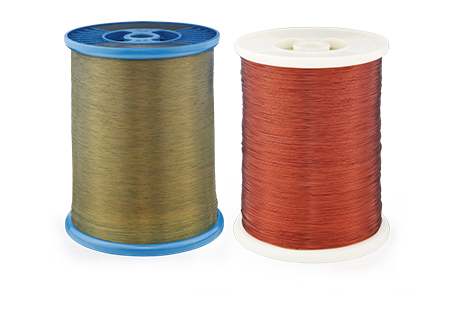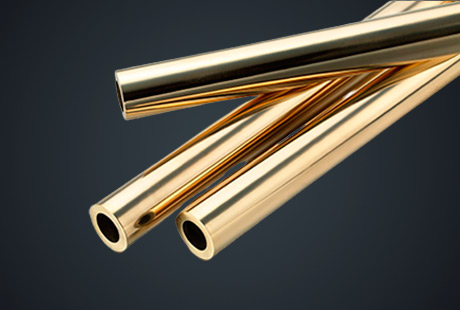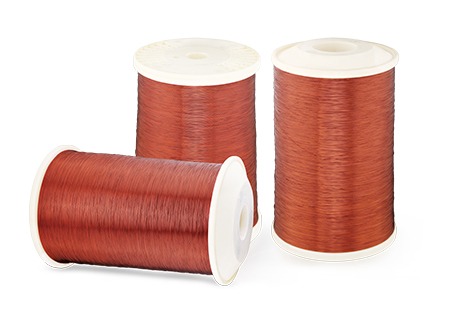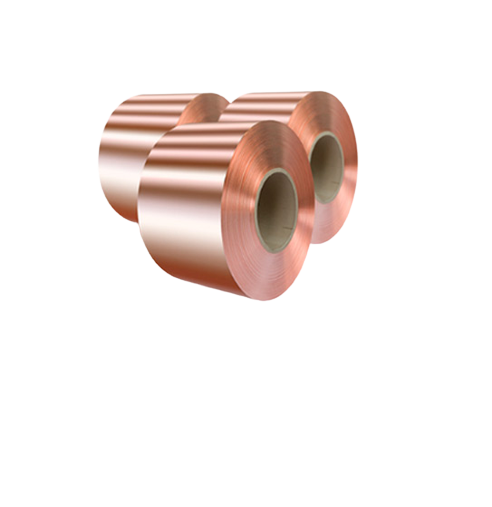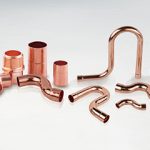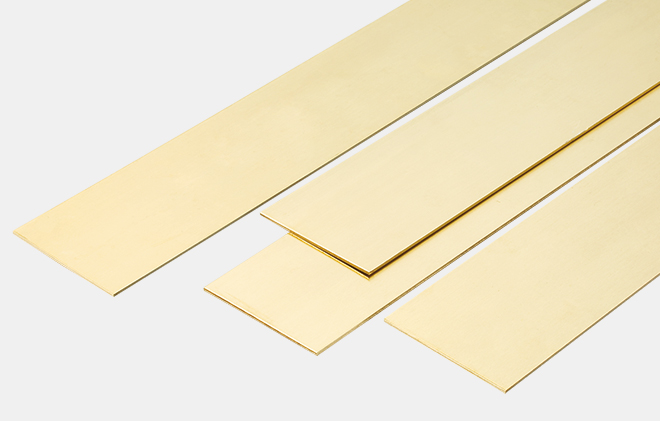Ⅰ. Welding characteristics of copper busbars:
In power plants, there are mainly two methods for connecting copper busbars: bolt fastening and welding. Copper has excellent electrical conductivity, thermal conductivity, heat resistance, and formability. Pure copper ωcu is no less than 99.5% industrial pure copper.
Ⅱ. Welding process of copper busbars:
1. Welding method: Gas welding and manual tungsten argon arc welding are the most commonly used welding methods for copper. However, in order to improve the welding quality, manual tungsten argon arc welding is more suitable. Due to the concentrated heat of this welding method, the molten pool is easy to control, especially for welding.
2. Welding materials: Copper welding materials refer to welding wire and flux. Filler wire: When manual tungsten argon arc welding is used, filler wire must be manually added. The wire brand, composition, welding process, joint mechanical properties, and corrosion resistance are closely related. When selecting filler wire, factors such as the basic metal brand, plate thickness, product structure, and construction conditions must be considered. Therefore, when welding copper busbars of the same material, filler wire with a composition similar to the base metal is chosen.
Ⅲ. Key points for welding copper busbars:
1. The ambient temperature at the welding site of the copper busbar for sale should be above 5°C.
2. Argon gas is used as the protective gas.
3. HS201 pure copper welding wire and CJ301 gas welding flux are selected for the copper busbar welding. Before welding, CJ301 is mixed with anhydrous ethanol (alcohol) to a paste-like consistency and brushed onto the groove surface of the welding part.
4. Heat the welding wire, apply CJ301, and then weld.
5. Welding process parameters: Direct current positive polarity is used for manual tungsten argon arc welding.
6. The welding machine should have good performance, flexible current regulation, and easy operation.
7. The preheating method for the copper tinned busbar is electric heating or flame heating.
8. The preheating temperature is selected according to the thickness δ.
9. Welding under constrained conditions should be avoided as much as possible, and the interlayer temperature should be strictly controlled during welding. The welding should be carried out with small swing amplitude and low wire energy.
10. The weld seam should be spot welded, and the length should not be less than 10mm. The number of spot welds should be evenly distributed, and the minimum number of spot welds should be 3.
11. For thicknesses δ>4mm, a multi-layer multi-pass welding process should be used.
12. During welding, the black spots caused by high temperature should be cleaned up in time, and stainless steel wire brushes should be used for interlayer cleaning.
13. Before welding, the spot welding quality should be checked in time, and welding can only be carried out after confirming that there are no defects.
14. Strengthen intermediate inspection procedures, such as after positioning welding, interlayer inspection, and all welding completed, inspections should be carried out strictly according to the welding process requirements to ensure welding quality.

 English
English 日本語
日本語 한국어
한국어 français
français Deutsch
Deutsch Español
Español italiano
italiano العربية
العربية tiếng việt
tiếng việt Türkçe
Türkçe ไทย
ไทย 中文
中文
